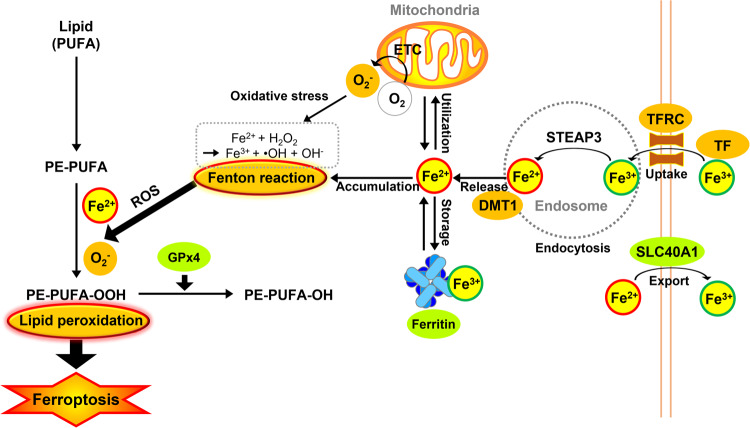Fig. 1. Molecular metabolism of iron in ferroptosis.
During the process of ferroptosis induction, the increase of cytoplasmic instability of iron is observed. The overall process of iron metabolism, including iron uptake, storage, utilization, and efflux is involved in the regulation of ferroptosis. Fe3+ forms a complex with circulating transferrin (TF) and then, a Fe3+-TF complex binds to the transferrin receptor (TFR) and is transported inside the cell to the endosome. After endocytosis, Fe3+ is detached from TF and converted to Fe2+ via redox reaction by STEAP3 and then exported into the cytosol by DMT-1. Unbound Fe2+ in the cytosol can be transported to the mitochondrion and labile iron are stored by ferritin. Excess Fe2+ is exported out of the cell through SLC40A1, known as ferroportin-1 maintaining systemic iron homeostasis. Labile iron displays high chemical reactivity and cytotoxic potential. Fe2+ plays an important role in the development of ferroptosis via enzymatic lipid peroxidation by iron-containing enzymes, such as ALOXs or nonenzymatic lipid peroxidation by Fenton reaction catalyzing the formation of hydroxyl radicals (OH·) [25, 118].

